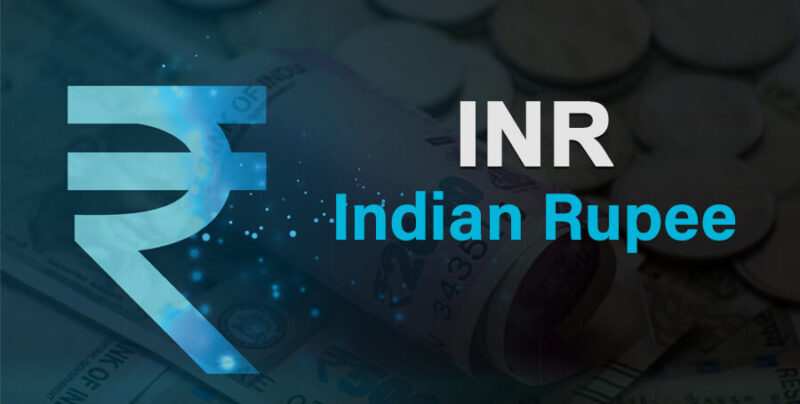INR Full Form: INR, which stands for Indian Rupee, serves as the official currency of India, divisible into 100 paise or 100 pics. The term “Rupee” finds its origins in the Sanskrit word “rupiya” and was adopted in 1947 post India’s independence from the British Empire.
Managed by the Reserve Bank of India, the Indian Rupee oversees monetary policies, credit and debit card regulations, as well as the supervision of banks and insurance companies within India. Presently, there are 1,723.5 crore (175) rupees in circulation, with a balance of 4,810 crore (4810) rupees.
INR Full Form
For those in countries utilizing the rupee, understanding its denomination is essential. If seeking INR for international transactions, consider availing an INR wallet such as Deutsche Bank Internet S.E., in partnership with the Monetary Authority of Singapore (MAS) and ABN Amro Bank N.V. An INR wallet provides a secure means to hold, store, and exchange currency, safeguarding against financial crimes, ensuring a more secure method for managing and spending rupees.
History of Indian Rupee
On December 3, 1957, the Reserve Bank of India issued India’s first currency, marking a significant milestone. The durability and widespread acceptance of the Indian Rupee contributed to India’s inclusion in BRICS. The total value of Indian Rupees in circulation, according to the Indian INX-XD Report 2018-19, stands at 3901.83 billion or 6.9 trillion INR. Recognized for its high denomination and quality, the INR is among the world’s strongest currencies, holding the seventh-largest international circulation and the third-highest share in total banknotes and coins in circulation.
Symbolism of the Indian Rupee
The Indian Rupee symbol, ₹, features a raised rim with obverse and reverse designs. The obverse displays the national emblem of India alongside the royal Cypher, while the reverse showcases a depiction of a “shamla,” a moon-headed Hindu Goddess. Initially introduced in 1616 to replace the East India Company’s rupee, the Indian Rupee now stands as India’s official currency.
Coinage of the Indian Rupee includes various denominations such as the ₹ 1 Coin, introduced in 1985, featuring Mahatma Gandhi’s portrait, and the ₹ 5 Coin, introduced in 1990.
Current Usage of ₹ | INR full form in salary |
Presently, the rupee denominations range from ₹2 to ₹100, with coins of ₹1, ₹2, ₹5, and ₹10. Renowned for its stability and widespread acceptance, the rupee serves as a liquid currency, extensively utilized for transactions in households and recognized internationally for trading purposes.
Conclusion | INR Full Form
In conclusion INR Full Form, understanding the value and significance of the Indian Rupee remains pivotal for everyday transactions. With its stability and continuous growth, the rupee reflects India’s economic progress. In 2018, the Indian rupee stood at ₹69.32, reflecting a 6% increase from the previous year, with an estimated worth of $67.89.

